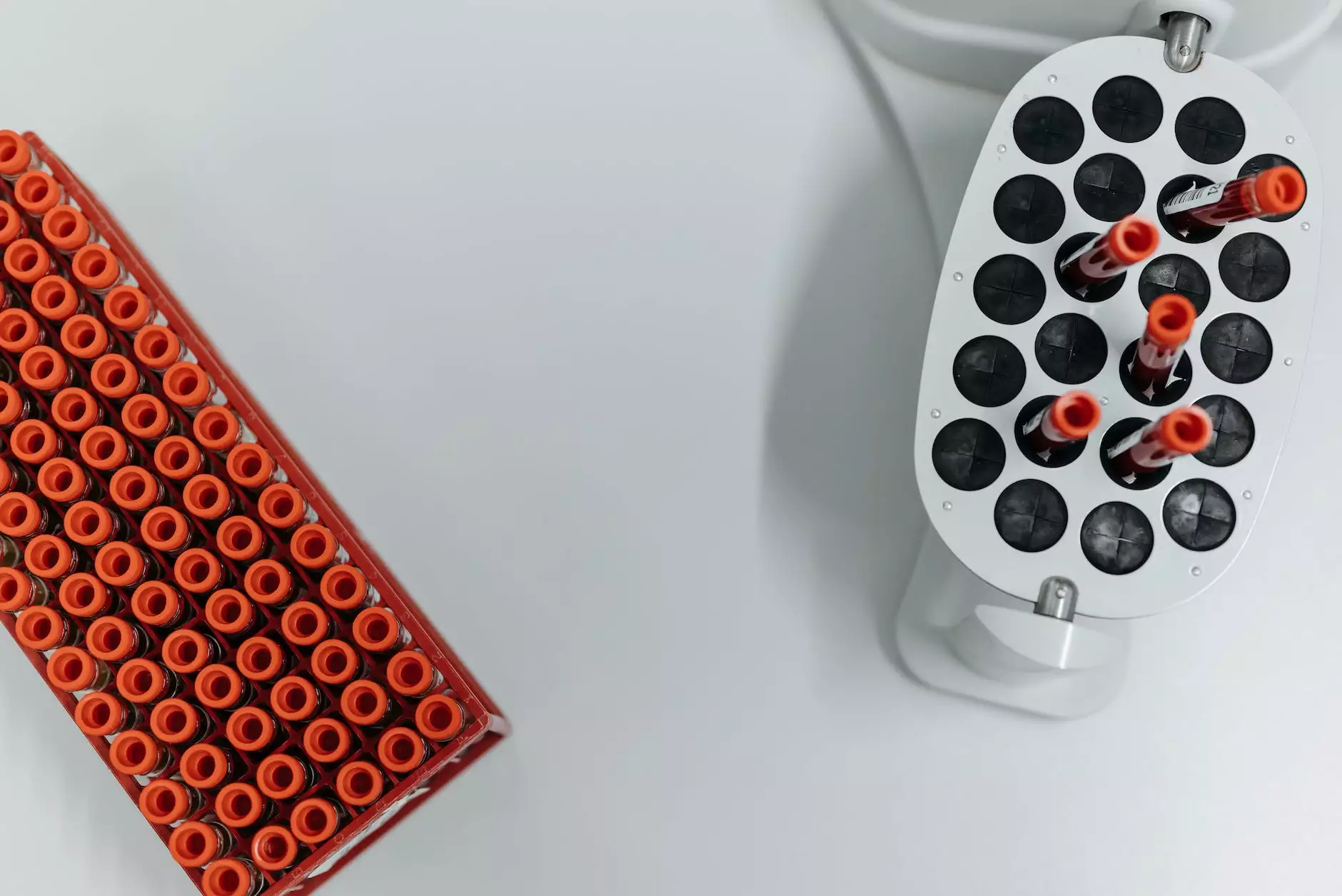Understanding Semaglutide: Where to Inject for Best Results

Semaglutide has recently gained popularity as a powerful medication for weight loss and managing conditions such as type 2 diabetes. As more individuals seek to leverage the benefits of this drug, understanding where to inject semaglutide becomes crucial for maximizing its efficacy and ensuring safety. In this article, we will delve deep into the appropriate injection techniques, the considerations involved, and the potential benefits that come with this treatment.
What is Semaglutide?
Semaglutide is a synthetic version of a hormone known as GLP-1 (glucagon-like peptide-1) that is used to manage blood sugar levels in individuals with type 2 diabetes. Additionally, it has proven effective as a weight loss medication in non-diabetic individuals. By mimicking the effects of this hormone, semaglutide helps to regulate appetite and improve glucose control, making it an essential tool in weight management and metabolic health.
The Benefits of Semaglutide
- Appetite Suppression: Semaglutide helps reduce cravings, leading to lower calorie intake.
- Improved Glycemic Control: For those with diabetes, it aids in better management of blood sugar levels.
- Weight Loss: Clinical trials have shown significant weight loss in individuals using semaglutide compared to placebo.
- Reduced Risk of Cardiovascular Issues: It may help lower the risk of heart disease in obese individuals.
- Convenience of Administration: Semaglutide is injected weekly, making it easier for patients to adhere to the treatment regimen.
Where Do I Inject Semaglutide?
Knowing where to inject semaglutide is essential for ensuring that the medication is delivered into the body correctly and efficiently. The injection should be subcutaneous, which means it is given into the fatty tissue just beneath the skin. Here are some recommended sites for semaglutide injections:
Preferred Injection Sites
- Abdomen: The abdominal area, especially around the belly button, is one of the most common and effective areas for injection.
- Thighs: The outer thigh area is another ideal location for subcutaneous injections.
- Upper Arms: The back of the upper arm can also be used, but self-injection might be more challenging in this area.
Injection Techniques for Semaglutide
Proper injection technique is vital for ensuring effective results and minimizing discomfort. Follow these steps to administer semaglutide safely:
Preparing the Injection
- Wash Your Hands: Always start with clean hands to prevent infection.
- Gather Your Supplies: Ensure you have your semaglutide pen or syringe, alcohol swabs, and a sharps container for disposal.
- Check the Medication: Examine the solution for clarity and ensure that it is not expired.
Injecting Semaglutide
- Choose Your Injection Site: Select an appropriate area based on the locations mentioned.
- Clean the Area: Use an alcohol swab to clean the injection site.
- Pinch the Skin: Gently pinch the layer of skin to create a fold, making it easier to insert the needle.
- Insert the Needle: Quickly insert the needle at a 90-degree angle for the abdomen and thighs, or at a 45-degree angle for thinner areas.
- Inject the Medication: Push the plunger gradually to inject the medication firmly.
- Withdraw the Needle: Pull the needle out quickly and apply pressure with a cotton ball or gauze.
- Dispose of the Needle: Place the needle in a sharps container immediately to avoid accidents.
When to Inject Semaglutide
Semaglutide is typically injected once a week. It is essential to follow the schedule your healthcare provider prescribes. Consistency is key in maintaining stable medication levels in your bloodstream, leading to better management of your weight or blood sugar levels.
Potential Side Effects of Semaglutide
As with all medications, semaglutide can have side effects, although many individuals tolerate it well. Common side effects may include:
- Nausea: This is one of the most frequently reported side effects, especially when beginning treatment.
- Vomiting: Some patients may experience vomiting, particularly during the initial weeks of treatment.
- Diarrhea: Gastrointestinal symptoms such as diarrhea can occur.
- Constipation: Conversely, some individuals may experience constipation.
- Abdominal Pain: Mild abdominal discomfort may be reported.
Who Should Not Use Semaglutide?
While semaglutide is beneficial for many, certain individuals should avoid its use. These may include:
- Those with a personal or family history of medullary thyroid carcinoma (MTC).
- Individuals with multiple endocrine neoplasia syndrome type 2 (MEN 2).
- People who have a known hypersensitivity to semaglutide or any of its components.
Conclusion
In summary, understanding where to inject semaglutide and how to administer it effectively is crucial for individuals looking to optimize their health outcomes. Semaglutide offers significant benefits for managing weight and blood sugar levels, but it’s essential to follow proper techniques and consult with a healthcare provider to ensure safety and effectiveness. By being informed about all aspects of semaglutide injections, patients can take control of their health journey with confidence.
Take Charge of Your Health! By incorporating semaglutide into your routine, you can unlock the potential for significant health improvements. Always remember to follow your healthcare provider's advice and stay consistent with your treatment plan.









